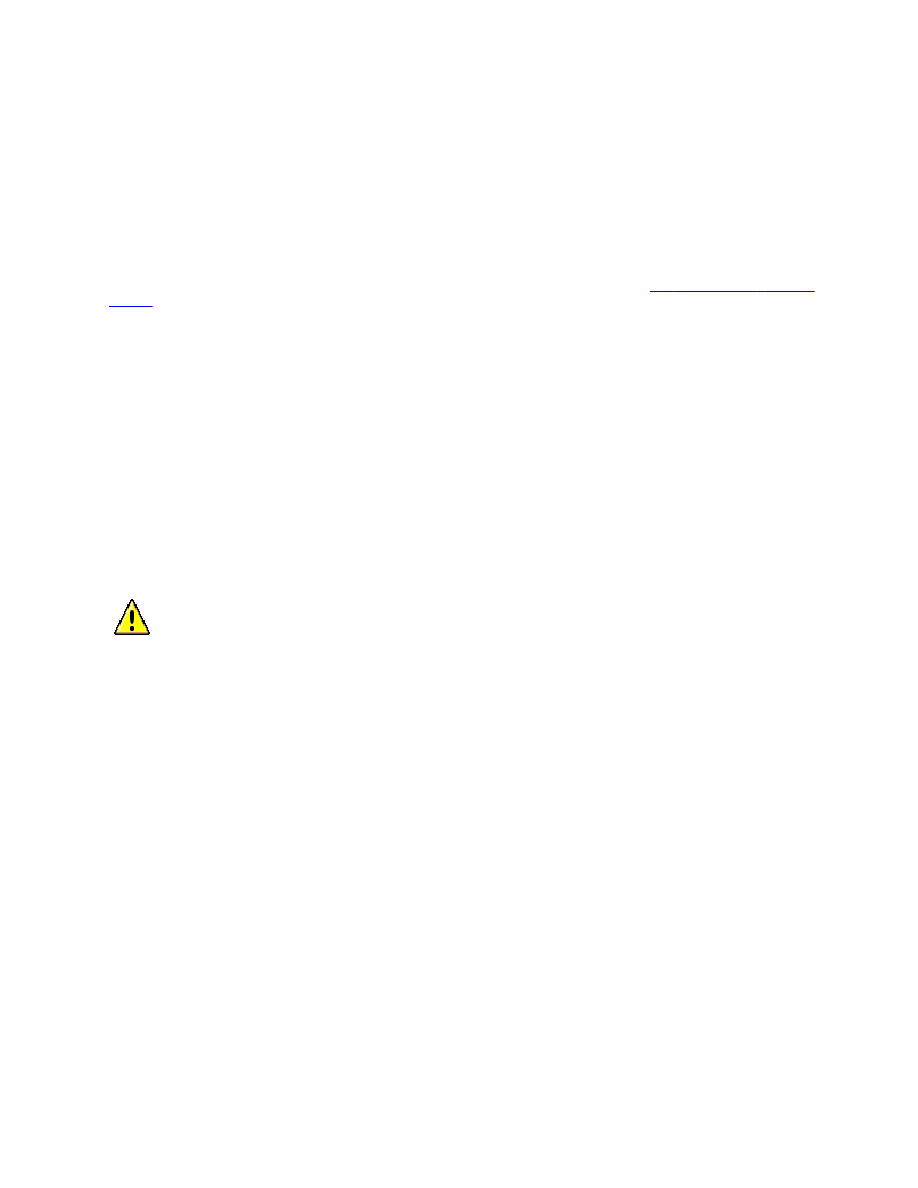LR3/Disco 3

The upper and lower shafts are located through the length of the column assembly. The upper shaft is supported in two
bearings in the main body and the lower shaft is located in the upper shaft and supported in a bearing in the pivot
housing. The lower shaft has a tubular section with external splines. These splines mate with the internal splines in the
upper shaft. The purpose of the splines is to transmit rotational movement of the upper shaft to the lower shaft, but
allowing the two components to telescope into each other in the event of a collision. The length of the splined sections
allow for 120 mm (4.72 in) of linear movement. The lower shaft is fitted with a universal joint spider to which a swivel yoke
is attached. The swivel yoke attaches to the intermediate shaft of the steering column on the interior side of the bulkhead
using a special cam bolt and self-locking nut.
A steering angle sensor is attached to the pivot housing of the column and its center gear is rotated by a drive collar
which is attached to the lower shaft and rotates with movement of the steering wheel. The sensor transmits steering angle
data on the high speed CAN bus which is used by various systems on the vehicle. The steering angle sensor is designed
to become detached from the column in the event of a frontal impact. Care must be taken when handling the column
assembly to prevent accidental damage to the sensor. For additional information, refer to
Anti-Lock Control - Traction
Control
(206-09A Anti-Lock Control - Traction Control)
The upper shaft is fitted with a locking collar which engages with the lock bolt of the column lock assembly. The locking
collar is retained by a tolerance ring on the shaft. The tolerance ring allows a specified amount of force to be applied to
the shaft before it slips, preventing damage to the column lock due to excessive torque being applied to the steering
wheel when the lock is engaged. The tolerance ring is designed to slip on the upper shaft when an applied torque
exceeds its fitted slip load of 200Nm minimum. Repeated rotation of the lock collar will reduce its slipping torque to
100Nm minimum.
The steering column is adjustable for reach and rake. The column can be adjusted for 40 mm (1.57 in) of reach
adjustment and 6º of rake adjustment. The adjustment mechanism comprises an adjustment lever, a cam plate, a lever
bolt and nut, two brake pads and two clamp plate assemblies.
A plastic adjustment lever is located on the underside of the column assembly and is attached to a cam plate. When the
lever is pulled downwards, the cam plate rotates and releases tension in the lever bolt. The lever bolt also passes through
two sets of clamp plate assemblies. When the lever is moved upwards, the cam plate rotates applying tension to the lever
bolt, which applies pressure to the brake pads which in turn apply pressure to the clamp plate assemblies (which lock the
column in the desired position). The lever bolt is retained by a self-locking lever nut, which abuts a thrust bearing.
The pivot housing is attached to the roof bracket with two pivot pins. When the rake adjustment is operated, the pivot
housing rotates around the pivot pins to allow for the up and down adjustment, but maintains a positive location to the roof
bracket. An adjustment spring is fitted between the 'U' bracket and the main body, to counteract the weight of the main
body, upper shaft, steering wheel and airbag, preventing the steering wheel from dropping rapidly when the adjustment
lever is released.
In the event of a crash, the upper column assembly is designed to collapse reducing impact injury to the driver. A number
of components interact together to ensure that the collapse of the column is in a controlled manner. The following
components control the column collapse:
Pressure washer and bush (third fixing)
Shearing capsules
Straps
Upper and lower shaft (splined) connection.
The shearing capsules have a central hole through which the rearward attachment bolts pass through into the roof
bracket. The capsules are located in the 'U' bracket by tapered slots, which have small cut-outs in the inside faces. The
shearing capsules have a number of small holes which align with the cut-outs in the 'U' bracket, and when the capsules
are installed, plastic is injected into the holes and cut-outs. This plastic retention of the capsules provides the initial
controlled break-out force for the column in the event of a collision. After 10 mm of displacement, the 'U' bracket is no
longer located by the shearing capsules. When handling the column, care should be taken that the shearing capsules are
not impacted or dislodged.
The tension in the 'Third Fixing' screw, applies a clamp load to the roof bracket (via the bush and compression washers).
In the event of a collision, this clamp load (supplementary to the shearing capsules) must be overcome before the column
can collapse. When this load has been exceeded (and the fixing has been displaced 20 mm (0.79 in)) it slides easily
within the roof bracket slot, providing directional control to the column, as it collapses. Under no circumstances should the
CAUTION : Under no circumstances should the lever nut torque be reduced, as this will reduce the
clamping efficiency of the adjustment mechanism possibly effecting the stability of the column during a frontal
impact.
